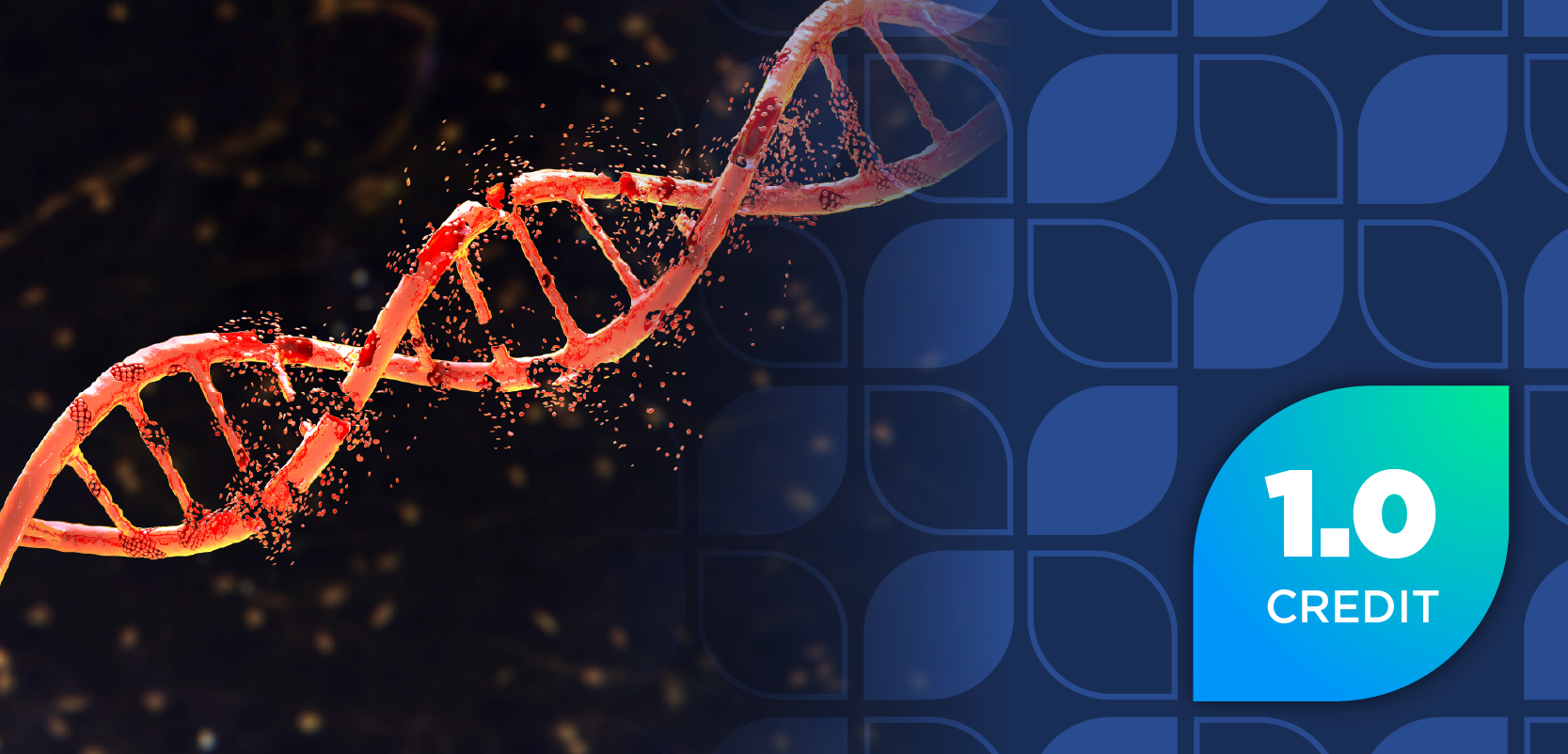
OxyContin for Kids: 6 Things Pharmacists Should Know
A pharmacist's perspective of OxyContin's approval for use in patients ages 11 to 16.
The FDA recently approved the powerful narcotic painkiller OxyContin for use in patients
This decision has caused an enormous amount of outrage and expressions of distrust from individuals and groups concerned about the abuse potential and addiction that may result.
In a nation already riddled with opioid addiction, overdose, and death, was this the right move at the right time? Should the FDA have given OxyContin, arguably one of the most potent and widely misused drugs on the market, the green light to be prescribed for kids?
Introduction to OxyContin Use in Children
As a pharmacist, I am pretty close to the front line on this issue. I work in a city that has one of the highest heroin problems in the state. Two floors down from where I practice, there is an emergency room that treats narcotic overdoses every day.
I also work very closely with a cancer center that is located across the street. I look into the eyes of patients faced with a terminal diagnosis and the challenges of their pain. Admittedly, I don't see these patients at their worst, as they often are transitioned to hospice by that point. Nevertheless, their situation weighs heavy on my heart.
I am also a parent of 4 children. While I have been blessed in that they are quite healthy so far, we did have to make many trips to a children's hospital when one of them was young. I remember seeing children dealing with cancer diagnoses that were far worse than what my child was facing.
The FDA approval for prescribing OxyContin for children as young as 11 has been misunderstood by some who have criticized the decision. I have spoken with several such folks. Typically, when it is explained correctly, they see that this move is not as awful as they first believed.
6 Things Pharmacists Should Know About Oxycontin for Kids
First, this approval does not give physicians the right to prescribe OxyContin for kids. Physicians are already allowed to prescribe virtually any medication they want for any purpose they feel is clinically appropriate, although the insurance company may require them to justify their decision through a prior approval process. This is called "off-label" prescribing and it is done all the time. OxyContin had been prescribed for kids long before this expanded approval.
Second, the approval was the product of studies conducted to provide some sort of dosing guidelines when prescribing OxyContin for children in this age range. Now, we have some data on which to base our prescribing practices. For example, the guidelines say that the child must be tolerant of 20 mg per day of immediate-release oxycodone and obtain some benefit from that dose. A physician does not have to abide by these guidelines, but at least they provide a benchmark for care.
Third, the approval only applies to children with difficult-to-manage pain due to cancer or similarly painful conditions. If this were my child, I would be grateful to have this option of a long-acting pain medication. Aside from fentanyl, an arguably more dangerous choice, we have had very few long-acting pain options for adolescents. In my mind, it is not right to make children pay the price of pain because of an opioid abuse problem that is largely an "adult" issue.
Fourth, keep in mind that this type of treatment isn't medically needed very often. In the words of Sharon Hertz, MD, of the division of Anesthesia, Analgesia, and Addiction Products at the FDA, "Thankfully, not many children experience the types of cancer pain, extensive trauma, or surgeries that require long-term pain management."
Fifth, remember that we are still talking about OxyContin, which has been designed to reduce abuse potential by including abuse-deterrent properties. That doesn't make OxyContin abuse-proof or addiction-proof, but it has reduced the frequency of abuse and made it more difficult.
Sixth, don't believe everything that the press suggests about drug addiction and prescription drugs. For example, the elderly are prescribed the most opioids, and yet they have the least problem with addiction and overdose death. This is because elderly patients are not using these medications recreationally like other age groups. According to Dr. Chris Feudtner of the Children's Hospital in Philadelphia, "children rarely get 'hooked' on these medications the way adults can." I am very concerned about our drug addiction problem and I do a lot to combat it, but misinformation doesn't help.
Final Verdict on OxyContin for Children
I believe that the FDA approval of OxyContin for children with chronic pain that is not sufficiently controlled by immediate-release opioids and who are tolerant to narcotics is reasonable. I would like to think that OxyContin would never really need to be used in children, but I live in the real world where there is pain, cancer, and death among them. They need our help, and OxyContin may be their best option.
I also strongly support every effort to curb our opioid abuse problem. Appropriate use of Prescription Drug Monitoring Program data is important. Stronger penalties for pill pushers and more robust treatment options for those who feel trapped by their addiction are still needed, but compassion for patients in pain and sympathy for those who have it hard must saturate my practice as a pharmacist.
The opioid addiction and abuse problem in this country is enormous, and those like me who want to help solve it often feel frustrated by its complexity. Sometimes, we get angry and voice our frustration at organizations like the FDA, not because they are to blame, but because we are mad and want to see this issue fixed.
But the FDA approval of OxyContin for children didn't cause our opioid abuse problem, and I don't think it will make it worse.
Newsletter
Stay informed on drug updates, treatment guidelines, and pharmacy practice trends—subscribe to Pharmacy Times for weekly clinical insights.


















































































































































































































